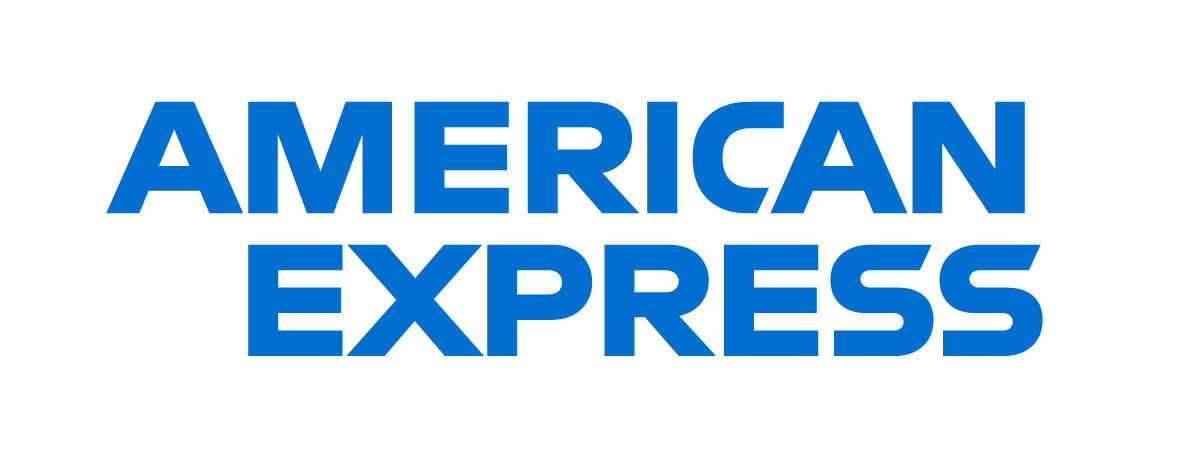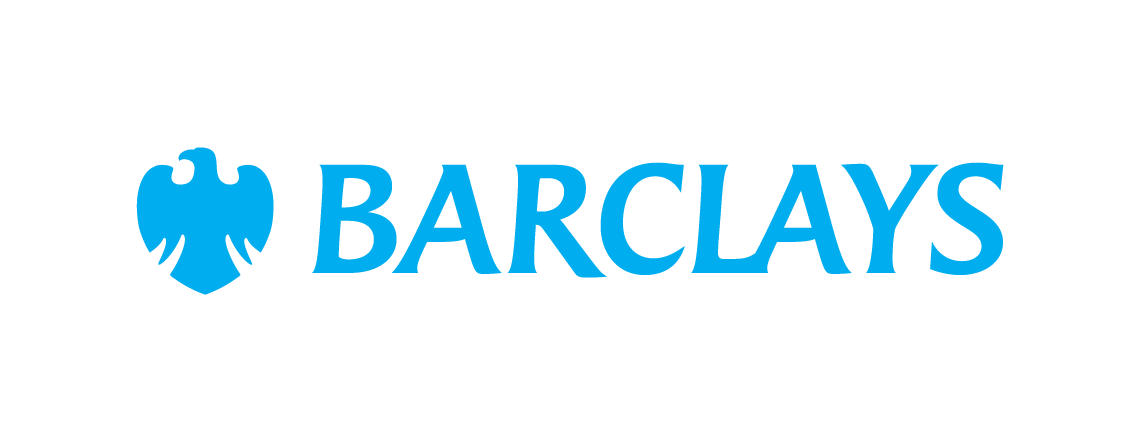High-yield savings accounts (HYSAs) have become one of the most popular places to store extra cash -- and there's a good reason for that. They give you an opportunity to earn a high interest rate on your money while keeping it safe and easily accessible.
We'll go over what HYSAs can offer you and how they stack up to regular savings accounts.
What is a high-yield savings account?
A high-yield savings account is a deposit account that offers a higher annual percentage yield (APY) than what traditional savings accounts offer. This earns more money faster on deposits.
Most high-yield savings accounts are offered by online banks because their operating costs are lower. Without a branch network to maintain, they can charge fewer fees and offer better interest rates than brick-and-mortar banks can.
How do high-yield savings accounts work?
A high-yield savings account works the same way as a traditional savings account: You deposit money into the account, and the bank uses that money to fund loans for its other customers. Banks earn interest on loans, and you receive a piece of this interest.
How much you get depends on your APY and your balance. Most high-yield savings accounts are compounded daily, which means you earn interest on your money every day. However, most banks only deposit the interest into your account once per month.
Once that interest is in your account, you begin earning interest on it, too. This is known as compound interest. For example, if you deposit $10,000 into a high-yield savings account that earns a 0.60% APY, you'll earn $60 after one year. The next year, you'll earn a 0.60% APY on both your initial $10,000 and the $60 you've already earned.
Compare savings rates
Make sure you're getting the best account for you by comparing savings rates and promotions. Here are some of our favorite high-yield savings accounts to consider.
| Account | APY | Promotion | Next Steps |
|---|---|---|---|

Open Account for American Express® High Yield Savings Account
On American Express's Secure Website.
4.00/5
Our ratings are based on a 5 star scale.
5 stars equals Best.
4 stars equals Excellent.
3 stars equals Good.
2 stars equals Fair.
1 star equals Poor.
We want your money to work harder for you. Which is why our ratings are biased toward offers that deliver versatility while cutting out-of-pocket costs.
|
3.60%
Rate info
3.60% annual percentage yield as of July 4, 2025. Terms apply.
Min. to earn: $0
|
N/A
|
Open Account for American Express® High Yield Savings Account
On American Express's Secure Website. |

Open Account for SoFi Checking and Savings
On SoFi's Secure Website.
4.50/5
Our ratings are based on a 5 star scale.
5 stars equals Best.
4 stars equals Excellent.
3 stars equals Good.
2 stars equals Fair.
1 star equals Poor.
We want your money to work harder for you. Which is why our ratings are biased toward offers that deliver versatility while cutting out-of-pocket costs.
|
up to 3.80%
Rate info
SoFi members who enroll in SoFi Plus with Eligible Direct Deposit or by paying the SoFi Plus Subscription Fee every 30 days or SoFi members with $5,000 or more in Qualifying Deposits during the 30-Day Evaluation Period can earn 3.80% annual percentage yield (APY) on savings balances (including Vaults) and 0.50% APY on checking balances. There is no minimum Eligible Direct Deposit amount required to qualify for the stated interest rate. Members without either SoFi Plus or Qualifying Deposits, during the 30-Day Evaluation Period will earn 1.00% APY on savings balances (including Vaults) and 0.50% APY on checking balances. Interest rates are variable and subject to change at any time. These rates are current as of 1/24/25. There is no minimum balance requirement. If you have satisfied Eligible Direct Deposit requirements for our highest APY but do not see 3.80% APY on your APY Details page the day after your Eligible Direct Deposit arrives, please contact us at 855-456-7634. Additional information can be found at http://www.sofi.com/legal/banking-rate-sheet. See the SoFi Plus Terms and Conditions at https://www.sofi.com/terms-of-use/#plus.
Min. to earn: $0
|
N/A
|
Open Account for SoFi Checking and Savings
On SoFi's Secure Website. |

Open Account for Barclays Tiered Savings
On Barclays' Secure Website.
5.00/5
Our ratings are based on a 5 star scale.
5 stars equals Best.
4 stars equals Excellent.
3 stars equals Good.
2 stars equals Fair.
1 star equals Poor.
We want your money to work harder for you. Which is why our ratings are biased toward offers that deliver versatility while cutting out-of-pocket costs.
|
3.90%
Rate info
Balances less than $250,000 earn 3.90%, and balances greater than $250,000 earn 4.10%.
Min. to earn: $0
|
N/A
|
Open Account for Barclays Tiered Savings
On Barclays' Secure Website. |
Is my money safe in a high-yield savings account?
Yes. Savings account funds are FDIC insured up to $250,000 per person per bank, and some banks have started offering even more coverage through partner networks, so there's no risk of losing money if your bank goes under. The risk of losing money with a savings account is pretty slim. It could be possible if you incur a lot of fees, your identity is stolen, or a hacker gains access to your bank account.
As long as you are aware of the fees your bank charges (and ways to avoid them) and you protect your personal and account information, your savings account should only make you money.
Pros and cons of high-yield savings accounts
There are both pros and cons of high-yield savings accounts. It's important to consider these factors when you're looking for the best savings account for your lifestyle.
Pros of HYSAs
- Earning interest
- Saving as much as you like
- Paying bills with automatic bill pay
- Knowing your money is insured with the FDIC
Cons of HYSAs
- Monthly maintenance fees (sometimes)
- No checks (usually)
- No ATM card (common with online savings accounts)
- Fees for extra withdrawals after your first six withdrawals at some banks
High-yield savings account terminology
Here are a few key terms to know before you open a savings account. These are important terms for online savings accounts, traditional savings accounts, and high-yield savings accounts.
| Monthly maintenance fee | This is a fee your bank charges to maintain your savings account, and most online banks don't charge one. |
|---|---|
| Liquidity | Liquidity refers to how easy it is to turn your money into cash. |
| Interest | Interest is the money a bank pays you for keeping money in a savings account. |
| Minimum balance | A minimum balance is the lowest amount of money you must keep in your savings account in order to avoid fees and penalties. |
| FDIC insurance | Government-run protection that ensures your money is safe in a bank account in the event the bank fails. |
How to open a high-yield savings account
To open an HYSA, fill out an online application form or visit a branch (if your chosen bank has them). Most of our top high-yield savings accounts have strong customer service departments that can assist you with any specific questions you have.
This process should be similar whether you open a savings account online or at a brick-and-mortar bank. You will need to provide some personal information, including your address, Social Security number, and a government-issued ID.
If you are opening a joint savings account, both parties will need to provide this information.
Should you get a high-yield savings account?
A high-yield savings account could be a great choice for you if you're looking for a place to house your emergency fund, as well as other money you plan to spend within the next five years or so. But these accounts aren't right for everyone.
Checking accounts are the better choice for everyday spending because they offer more withdrawal options and no limits on monthly withdrawals. Brokerage accounts are better for long-term savings because investments earn a lot more over the long term.
Ready to open an account? Start by checking out our list of the best high yield savings accounts (they offer the lowest fees and the highest rates of return). Then open an account online.
Alternatives to high-yield savings accounts
As you compare savings accounts, think about what you'll use the account for. Do you want to be able to withdraw your money at any time to cover unexpected expenses? Are you saving up for a major goal over several years, and could use every dollar of interest you can earn? Answering these questions will help you compare savings accounts and decide which is best for your needs.
Here's a look at the common types of savings accounts you'll run into.
Traditional savings account
Traditional savings accounts are usually easy to open and easy to access. But APYs tend to be pretty low compared with high-yield savings accounts, and most of these accounts carry maintenance fees if your balance falls below a certain amount.
Certificate of deposit (CD)
Certificates of deposit (CDs) usually offer some higher APYs than any of the high-yield savings accounts discussed above, especially with CDs offered by online banks. If you're looking for the best APY on a savings account, CDs are definitely worth considering. But you have to agree not to withdraw your funds for the full CD term (which could be months or years).
Money market account
Money market accounts offer the APYs of a savings account with the easier access of a checking account. However, these accounts usually have higher minimum balance requirements than typical high-yield savings accounts do.
Checking account
Some of our favorite online banks offer checking accounts, and many are excellent financial products. While some of the top checking accounts pay interest, you should expect a relatively low APY. Checking accounts are best suited for money that you'll need in the near future (such as for bills due soon), while high-yield savings accounts are designed for money that you might need to tap into on occasion.
Many people are missing out on guaranteed returns as their money languishes in a big bank savings account earning next to no interest. Motley Fool Money's top savings account picks can earn you more than 10x the national average savings account rate.
FAQs
-
Compared to regular accounts, high-yield accounts offer depositors better interest rates, which means they pay you more for the privilege of keeping your cash safe. There are other differences, too. For example, since most high-yield accounts are offered by digital banks, they tend to offer easy-to-use apps and delightful user experiences. The specifics vary depending on your bank or credit union.
-
Right now, a good APY for a high-yield savings account is 4% or more. Bank account APYs go up and down depending on Federal Reserve interest rate changes.
We're firm believers in the Golden Rule, which is why editorial opinions are ours alone and have not been previously reviewed, approved, or endorsed by included advertisers. Motley Fool Money does not cover all offers on the market. Motley Fool Money is 100% owned and operated by The Motley Fool. Our knowledgeable team of personal finance editors and analysts are employed by The Motley Fool and held to the same set of publishing standards and editorial integrity while maintaining professional separation from the analysts and editors on other Motley Fool brands. Terms may apply to offers listed on this page. APYs are subject to change at any time without notice.